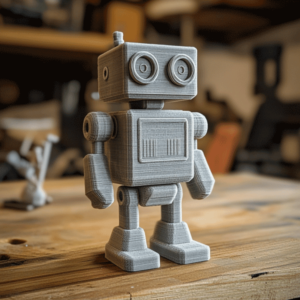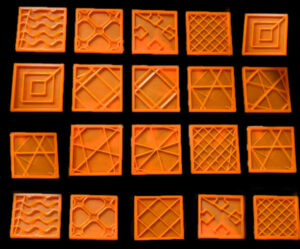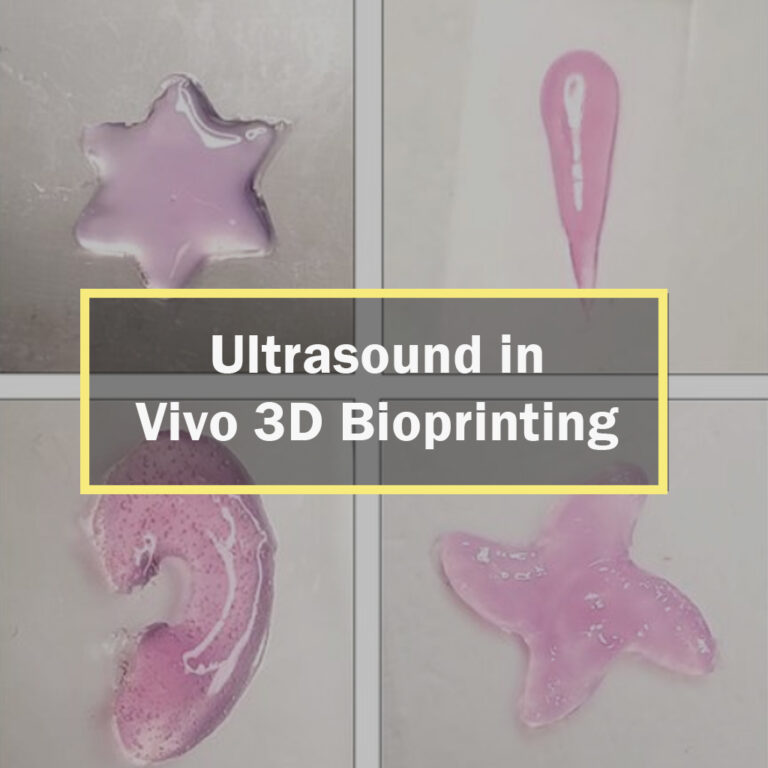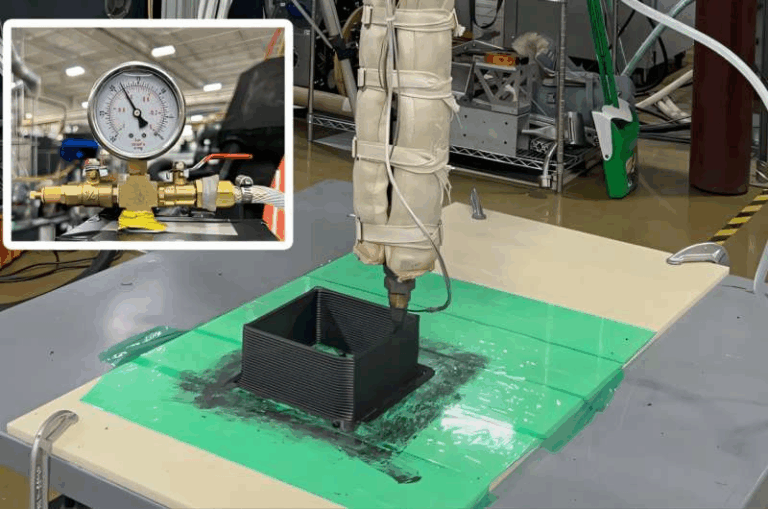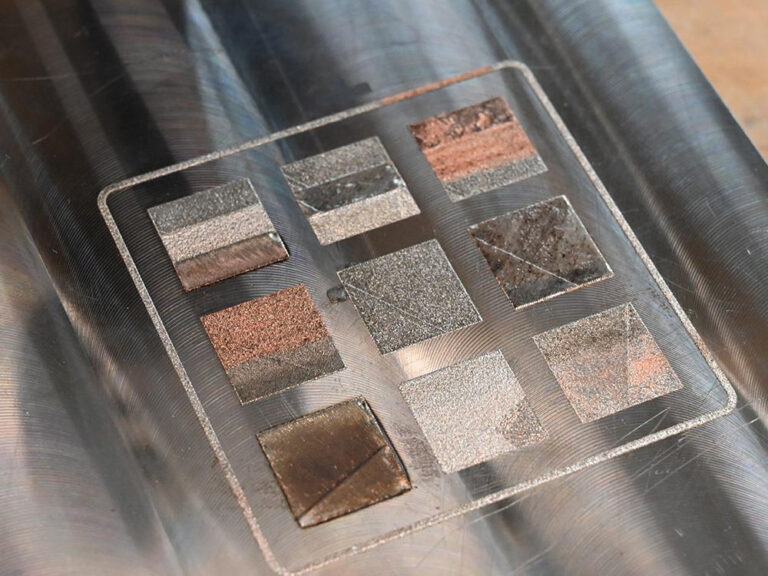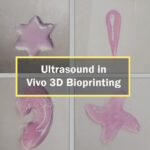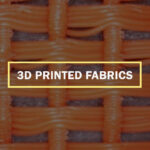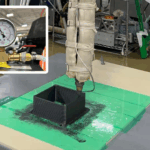3D Printed Smart Fabrics, 3D Printing Textiles, Additive Manufacturing Wearables
👕 Picture tugging on a soft-as-cotton tee spun from 3D printed smart fabrics that snugly track your heartbeat, or lacing up running socks that whisper live coaching tips with every stride. That sci-fi closet fantasy just leapt onto the lab bench at Washington State University, where textile scientist Dr. Hang Liu and her cross-disciplinary crew have perfected a direct-ink-writing (DIW) 3-D-printing technique that lays flexible, conductive circuitry straight onto everyday cloth—without leaving it stiff or scratchy. Their peer-reviewed results in ACS Omega, highlighted by ScienceDaily, show those printed e-threads stay stretchy, soft, and fully functional even after repeated wash cycles, fabric rubs, and good-old-fashioned tugs-of-war.
🔍 Why Comfort & Durability Keep Tripping Up Smart Wearables
Sure, smart garments have been around for a decade, but most prototypes smack into two stubborn walls:
Rigidity 🚫 – Conventional conductive inks and hidden wires turn supple fabric into plasticky armor.
Brief Shelf Life ⏳ – A few spins through the washer or a little friction and the circuitry flakes out.
“If your performance tee feels like cardboard, you’ll shove it to the back of the drawer—no matter how clever the tech,” quips Dr. Liu in a news.wsu.edu release. Her team set out to erase that comfort–function compromise.
🛠️ The Materials Science Making 3D Printed Smart Fabrics Work
The secret sauce? A biodegradable polyester called polybutylene succinate (PBS) blended with carbon nanotubes (CNTs):
PBS bonds easily to natural fibers yet keeps its stretch.
CNTs weave a dense, signal-friendly network without bulking up the yarn.
Thanks to DIW, the PBS-CNT ink soaks into each yarn rather than sitting on top, nixing that flaky “sticker” vibe seen in earlier demos. Even the solvent got a green upgrade: out goes toxic dimethylformamide, in comes plant-based, non-toxic Cyrene®—another win spotlighted by ScienceDaily.

🧪 Putting the Fabric Through Its Paces
| Stress Test | Result |
|---|---|
| Laundering | Conductivity steady after 20 wash-and-dry cycles |
| Abrasion | Zero cracks after 200 rubs |
| Stretch Cycling | Stable resistance through 500 stretches |
| Gauge Factor | Consistent motion sensing—ideal for joint-angle tracking |
For context, many lab-scale e-textiles fizzle before the 10th wash; hitting twenty lands WSU’s prototypes squarely in real-world territory.
🌍 Sustainability Points
Beyond comfort, the project boosts two pillars of responsible additive manufacturing:
Material minimalism ♻️ – DIW prints ink only where circuitry is needed.
End-of-life friendliness 🌱 – PBS biodegrades, and Cyrene® sidesteps petro-chemical hazards.
These tweaks move smart-textile production closer to the circular-economy goals fashion and tech sectors now demand.
🚑 Who Gets the Biggest Benefit?
Because the printed traces flex with the cloth, designers can hide sensors in compression sleeves, sports bras, firefighter undershirts—even infant onesies—without ruining fit:
Continuous vital-sign tracking for cardiac patients or elder care
Real-time gait feedback for athletes
Heat or gas monitoring for military & first responders
Gesture-based drone or AR/VR controls right from your sleeve
Still, Dr. Liu reminds us this is “one slice of the smart-wearable puzzle.” Power packs and wireless links need their own breakthroughs before your hoodie joins the Internet of Things.
🚀 Why It Matters for 3-D Printing & Additive Manufacturing
The study proves additive tech is sprinting beyond rigid plastics into soft, functional composites—ushering in a new era of 3D printed smart fabrics. DIW’s knack for printing microscale features on pliable substrates could soon spark:
Tailor-made health devices with electrode paths mapped to each body
On-demand garment personalization right in retail stores
Hybrid factory lines where sewing machines and print heads share the floor
For the AM community, flexible e-textiles are a lucrative frontier where materials science meets fashion design—far beyond prototyping trinkets.
📝 Key Takeaways
Comfort First 🧸 – PBS-CNT ink leaves fabric soft, defeating the “cardboard shirt” curse.
Built to Last 🔗 – Circuits brave 20 washes, 200 rubs, and 500 stretches unscathed.
Eco-Aware 🌿 – Cyrene® solvent + biodegradable polyester tick greener-supply-chain boxes.
Wide Impact 🌐 – From remote healthcare to AR control sleeves, printable smart fabrics edge closer to store shelves.
🔔 Stay tuned—additive manufacturing is literally weaving itself into our wardrobes. The next “fitness tracker” you buy might already be stitched into your favorite hoodie.



